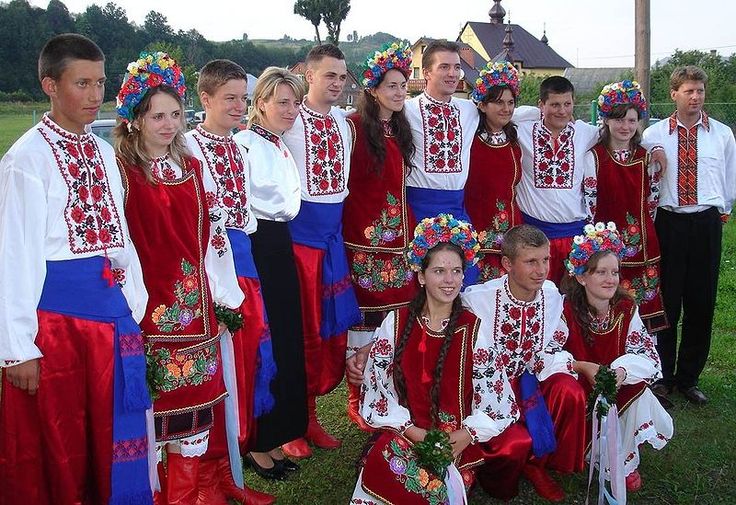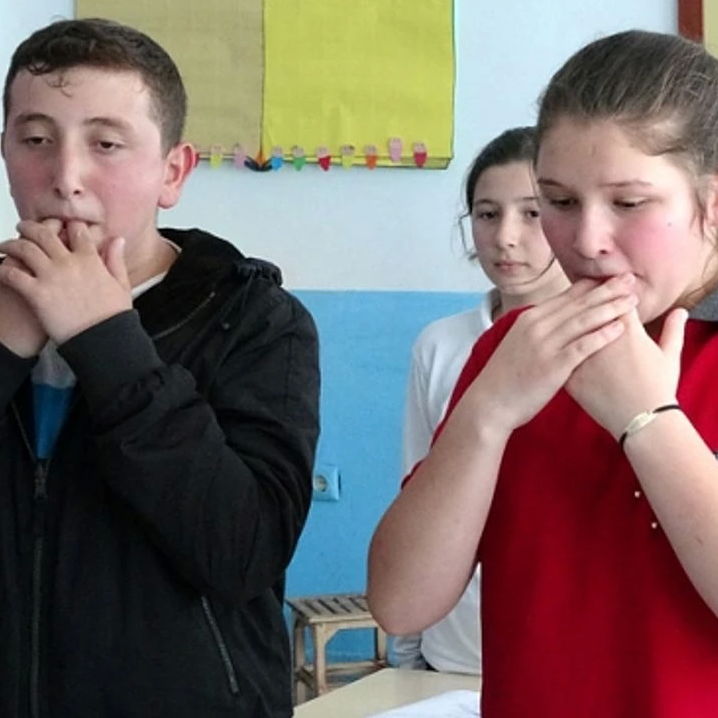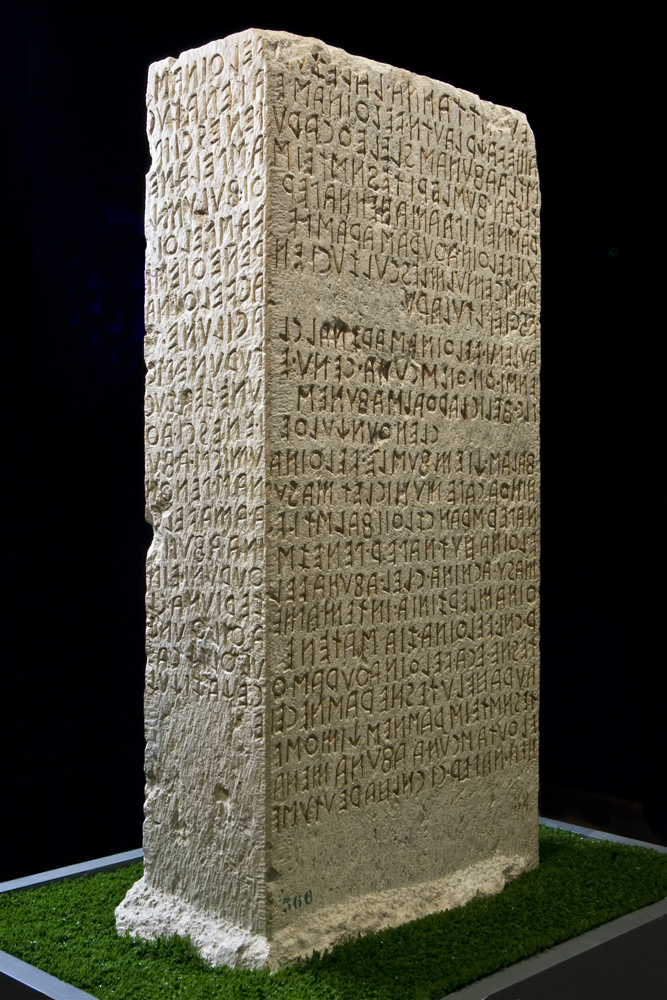Amurdak is an Aboriginal language from the area of the Van Diemen Gulf, in Australia’s Northern Territory.
In 2007, only one person, a man called Charlie Mungulda, was recorded as still speaking Amurdak. He worked with Australian linguists to record his tongue, which was featured in a documentary about endangered languages.
At the time of writing, official documentation does not record whether or not Charlie has passed away, so it’s not yet clear whether the language is completely extinct.
Amurdak is one of many Australian languages that have either died out, or are critically endangered.










